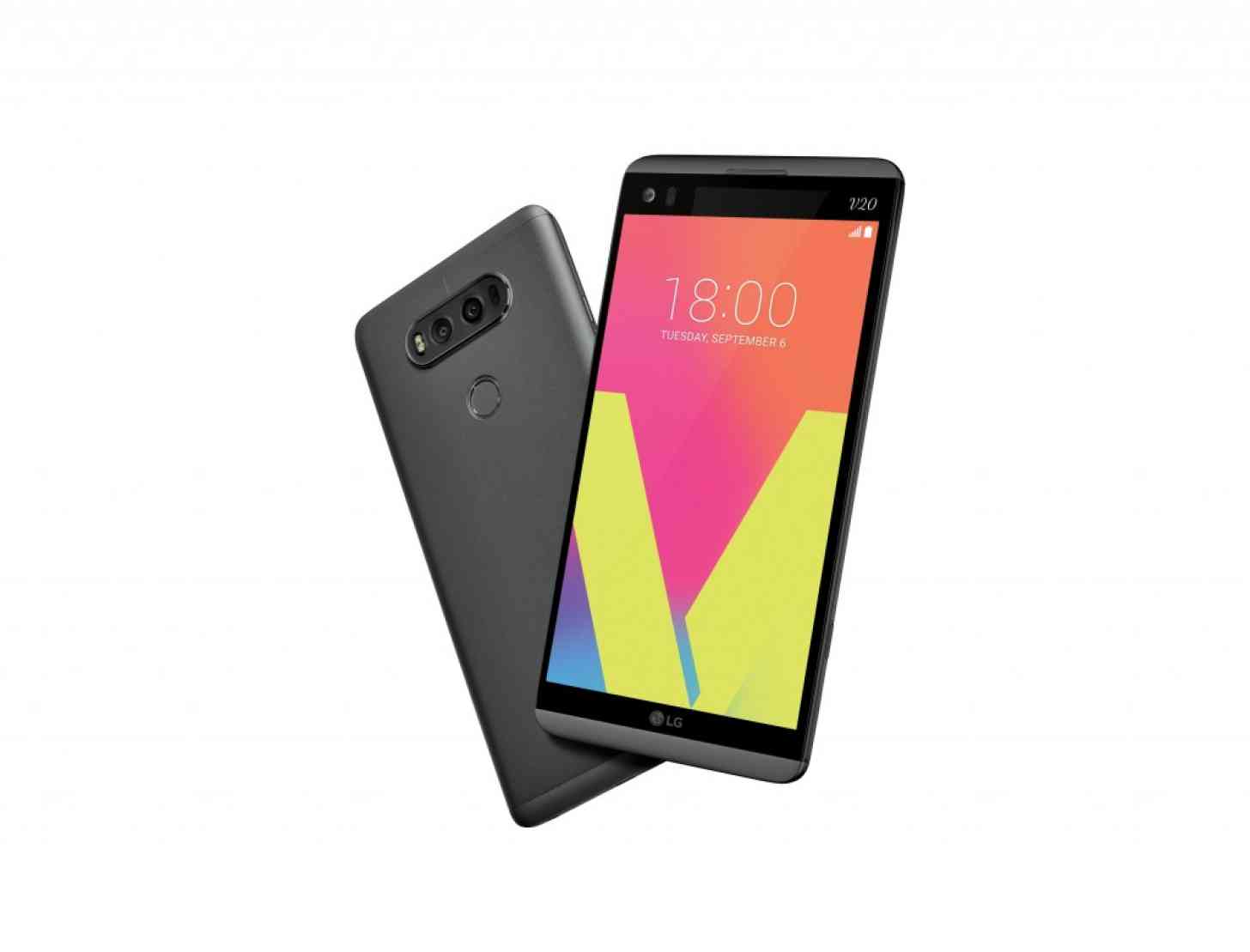
It seems that the announcement of the LG V20 has been both an unfortunate and, in some ways, also a fortunate occurrence. Less than a week ago, LG took the wraps off of its newest flagship, the follow-up to last year’s V10 flagship. While the announcement might have been big news on its own, the small event was seemingly swallowed in a sea of news regarding combusting Note 7’s and Apple’s iPhone 7, which was announced the following afternoon.
But as the reports keep rolling in of more unfortunate occurrences of issues with the Note 7, there are speculations that the South Korean company may need to have a mandatory recall of all Note 7 devices soon. While this whole ordeal is without a doubt a huge blow for Samsung, it may be good news for LG. As a device of nearly equal size, the LG V20 could easily be seen as an equal to the Galaxy Note 7.
While the V20 is missing the Note’s most unique feature, the S Pen, the device still has plenty of other notable features of its own. The V20 also features a 5.7-inch display, the same size that is featured on the Note 7; however, it’s important to note that Samsung’s Note 7 is considerably more compact despite having the same screen size. Still, if having a large screen size was a feature of importance, the V20 has you covered.
Although it doesn’t feature the S Pen (or any sort of included stylus, for that matter) the V20 does have a different unique feature up its sleeve: a small, secondary always on display that rests above the main display. This secondary display is good for displaying notifications, important information, and can also serve as a quick access app tray. You can even plug in a personalized message or name to display.
The secondary display was first introduced in the V10 last year, but has received a couple of improvements this year’s model. Notably, the character count has been bumped up from 14 characters to 24 characters. The second screen also features a new scrolling marquee effect.
The design of the V20 has also changed to feature an aluminum build. However, unlike many phones that use aluminum, the V20 is not aluminum unibody. LG still keeps the removable battery option in the V20, just as it has earlier this year with the G5. A rarity in the smartphone industry, the ability for the user to easily switch out batteries is probably another reason why some may want to consider it over the Note 7.
When it comes to cameras, the LG V20 offers a dual-camera set-up with a 16-megapixel main sensor and an 8-megapixel wide-angle, similar to LG’s G5. Compared to the Galaxy Note 7’s 12-megapixel set-up with f/1.7 aperture and dual pixels, it’s pretty much neck-and-neck. Both cameras end up taking great photos. The LG V20 features a 5-megapixel camera on the front, which is different from last year’s V10 which featured two front-facing cameras (one normal, one for wide angle); however, LG consolidated down to one camera because that one camera now has the ability to switch over to a wide-angle setting on its own, so it isn’t a downgrade by any means.
Aside from those features, the LG V20 and the Samsung Galaxy Note 7 are nearly identical in regards to specs. They do, however, differ in the type of screen used, despite sharing the same size: the LG V20 features a Quantum IPS LCD while the Galaxy Note features a Super AMOLED display. Otherwise, both share the same Snapdragon 820 processor, 4GB of RAM, 64GB of internal storage that is expandable up to 200GB via microSD, and fingerprint sensors.
As unfortunate as the situation regarding the Note 7 is, the LG V20 could serve as a decent replacement for many who aren’t sure where to go post Notepocalypse. While many are being steered towards other Samsung products like the S7 and S7 Edge (which makes sense, as the only real difference between the Note 7 and the S7’s are the screen size and S Pen) the V20 is a similar option worth considering. Plus, it comes with Android Nougat out of the box, which is pretty awesome.